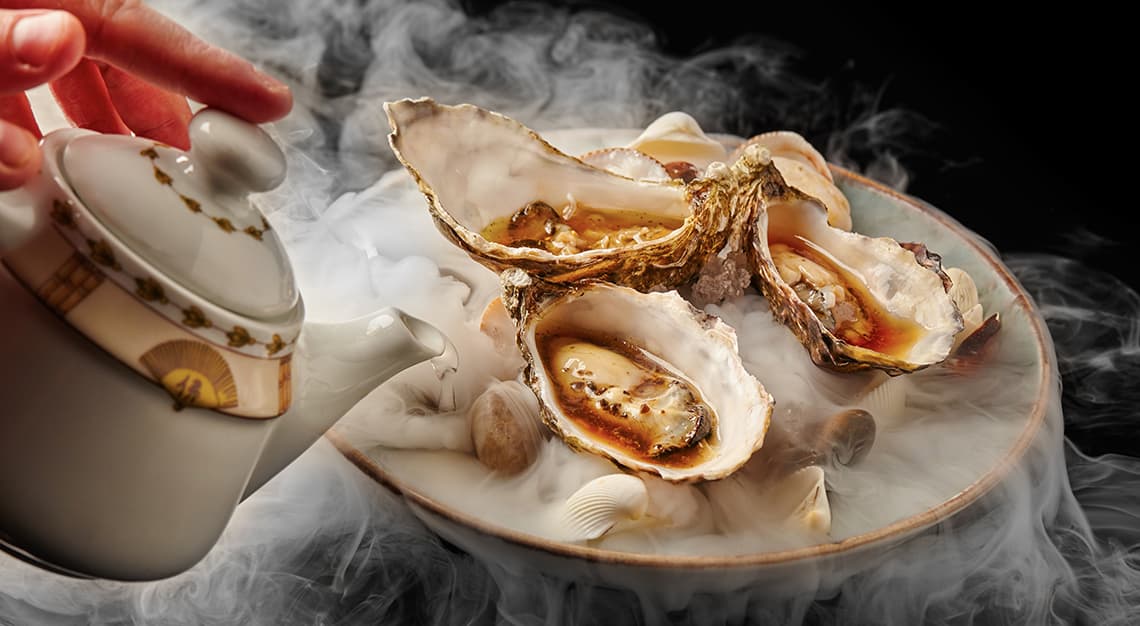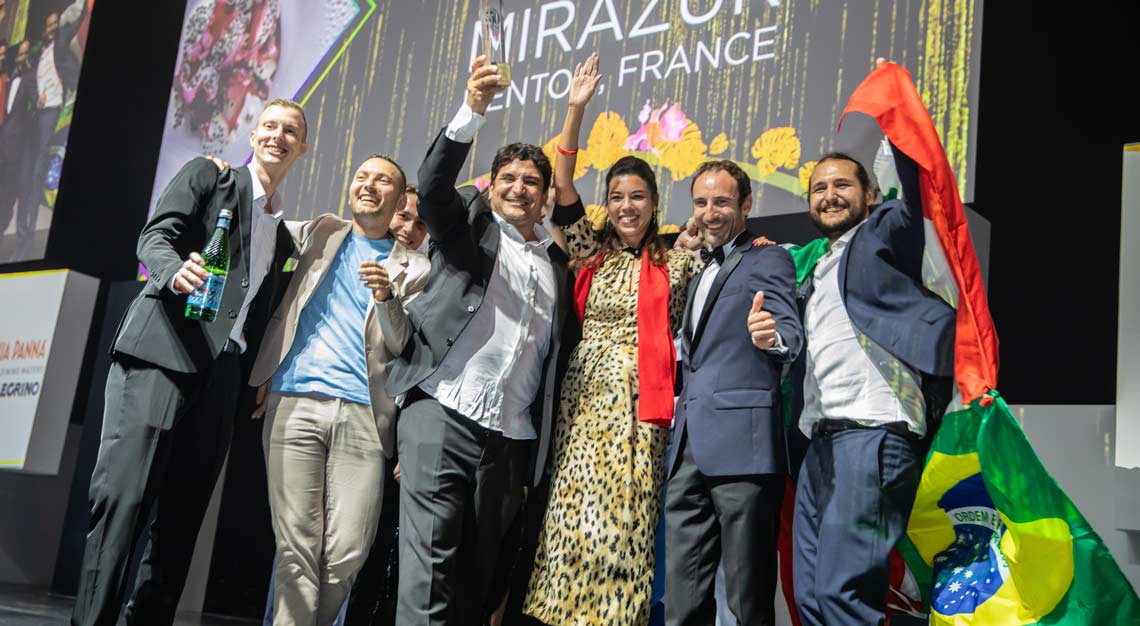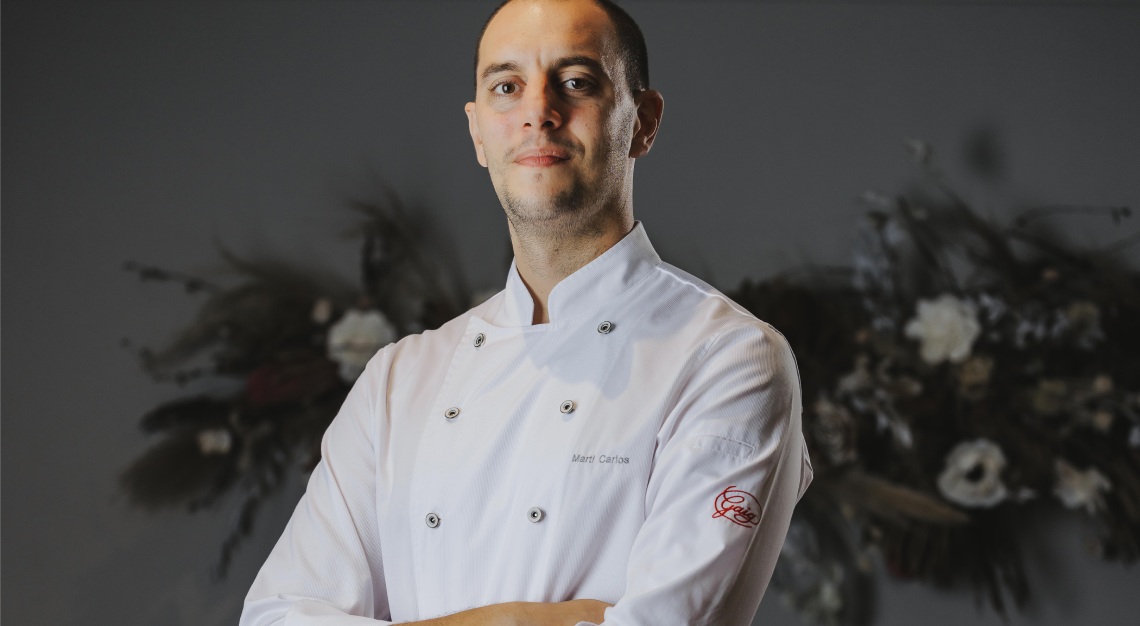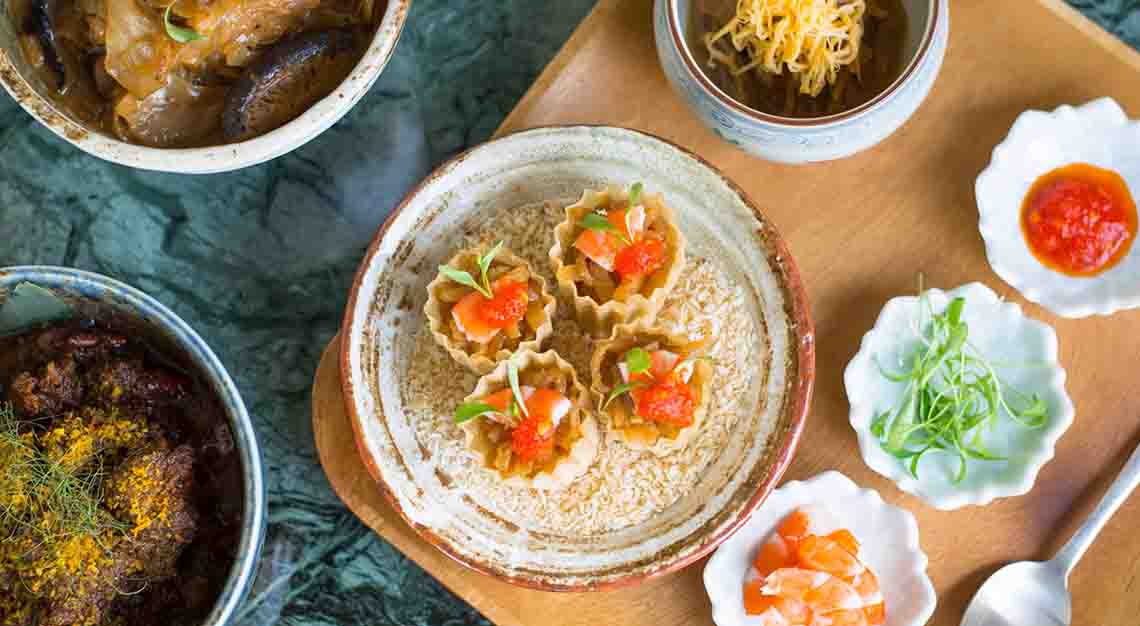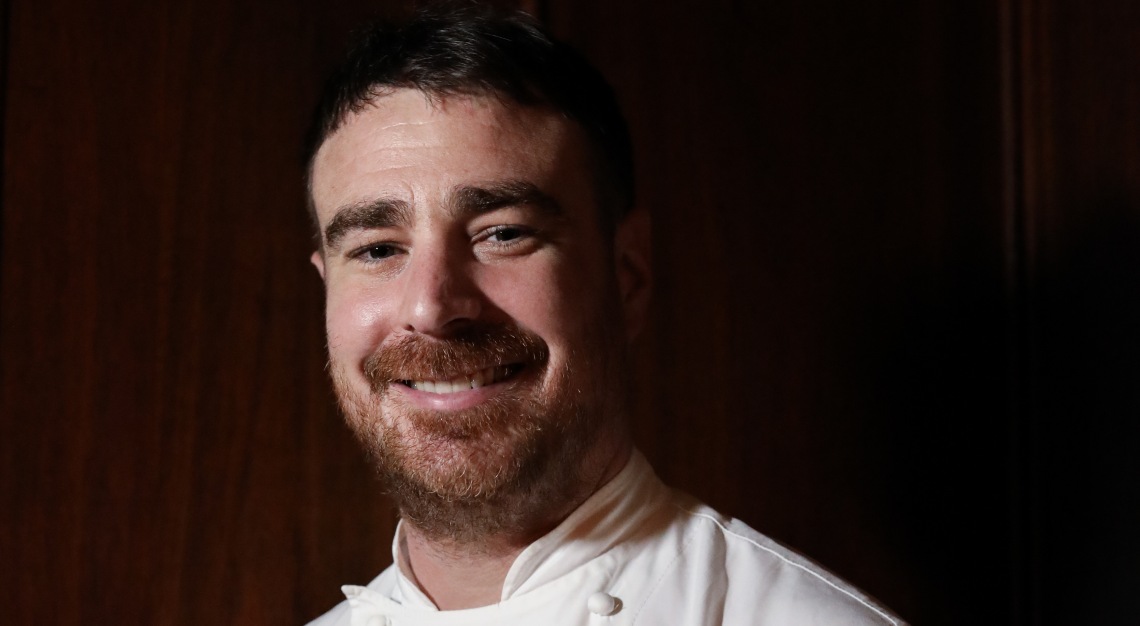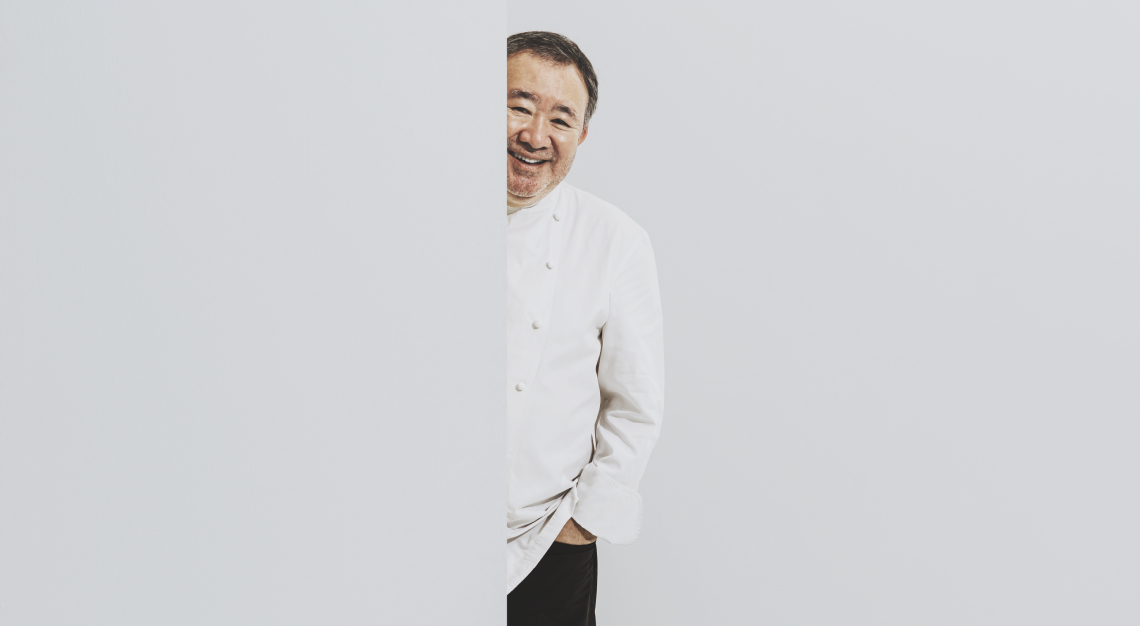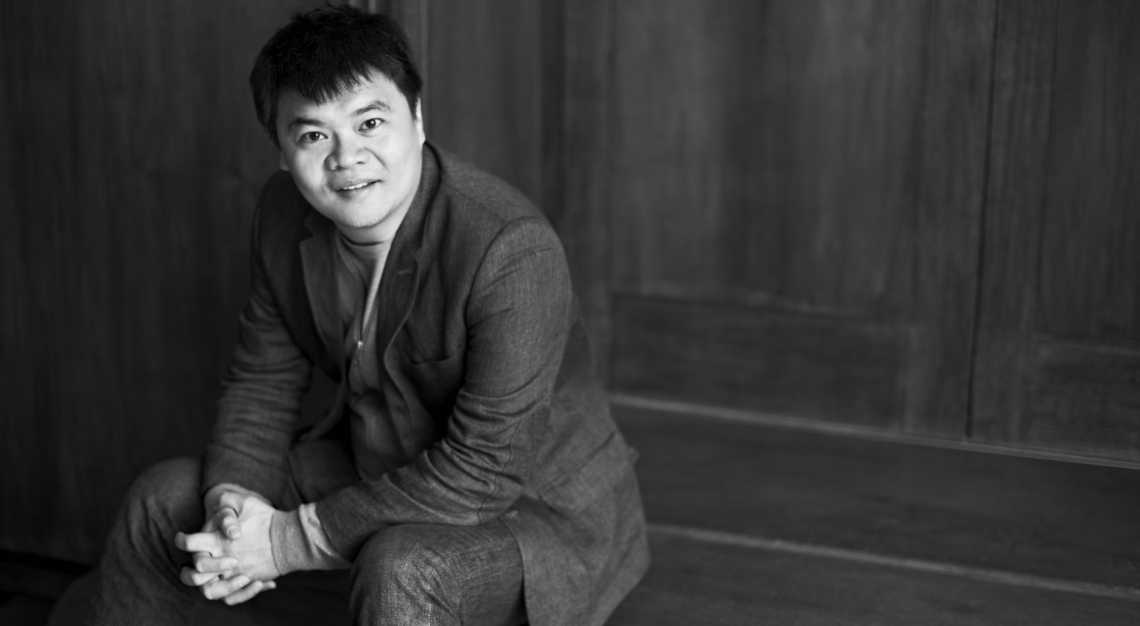Robb Report Singapore’s raving reporter Andrew Leci gives us some food for thought and a little enlightenment as we guide you through the guides
It’s ironic, perhaps, that The World’s 50 Best Restaurants has, in many people’s opinion, superseded the Michelin Guide as the most authoritative text on dining excellence. The Michelin Guide is all about destinations and what you might find there, with their star rating roughly equivalent to, and I paraphrase: One – very good restaurant, two – worth a detour, and three – exceptional food. Get there any way you can, and if you’re driving a car, make sure the car is on Michelin tyres. The World’s 50 Best Restaurants, on the other hand, has become something of a culinary ‘bucket list’ for the world’s foodies.
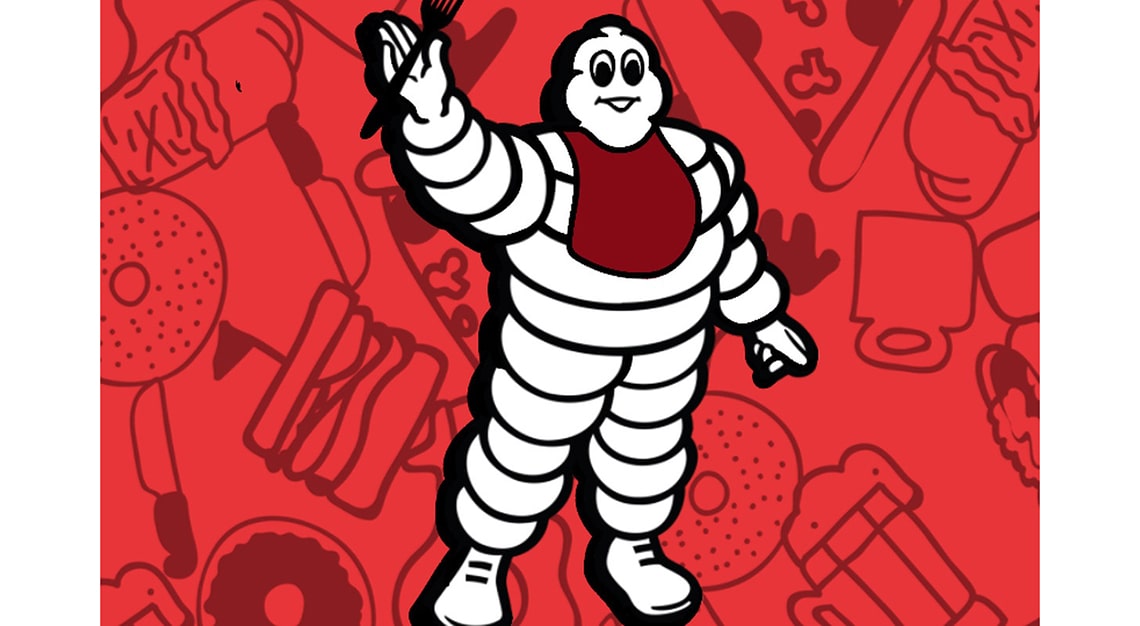
When industrialists Édouard and André Michelin published their first guide in 1900 (the tyre company was formed in 1888), it was free, and provided lots of useful information to motorists. That included maps, repair shops, mechanics, hotels and, of course, places to eat. They could hardly have imagined that it would become a bible for gourmands over the next 100 years or so.
It wasn’t their intention. All they wanted to do was sell more tyres, and by encouraging drivers to go further afield – the extra mile if you like – in pursuit of good food, it would naturally result in more wear and tear on the tyres that would have to be replaced sooner rather than later. It was a sound business plan.
The Michelin Guide has evolved over the years, to reach a juncture at which every top chef in the world coveted the star (or multiple stars) that signified an extraordinary level of culinary prowess. It also meant that restaurateurs could charge top dollar for the experience.
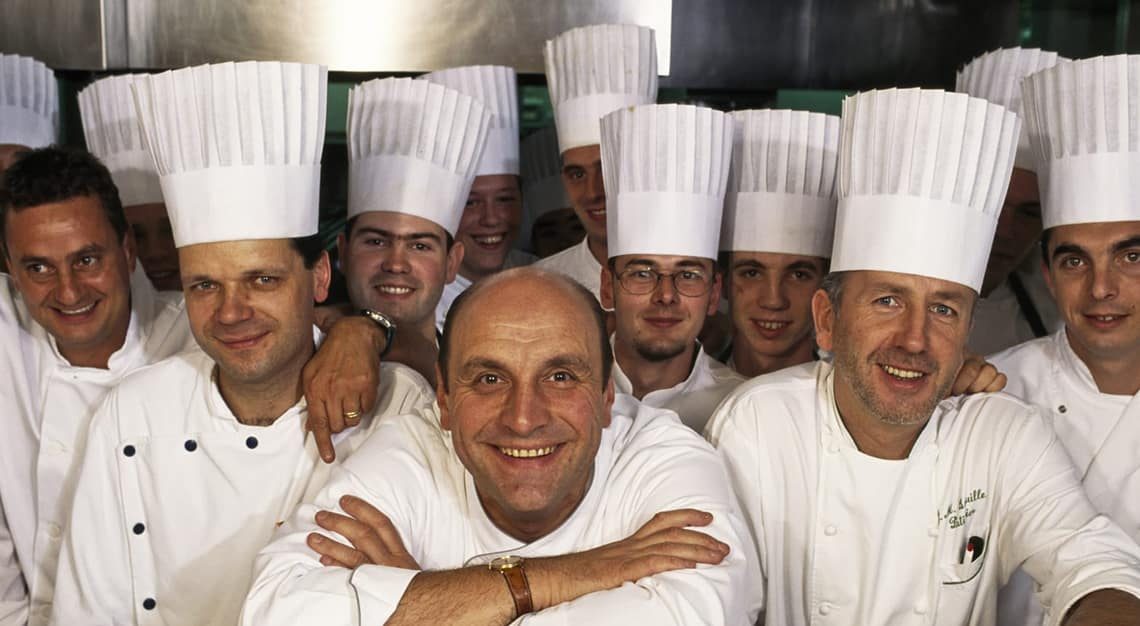
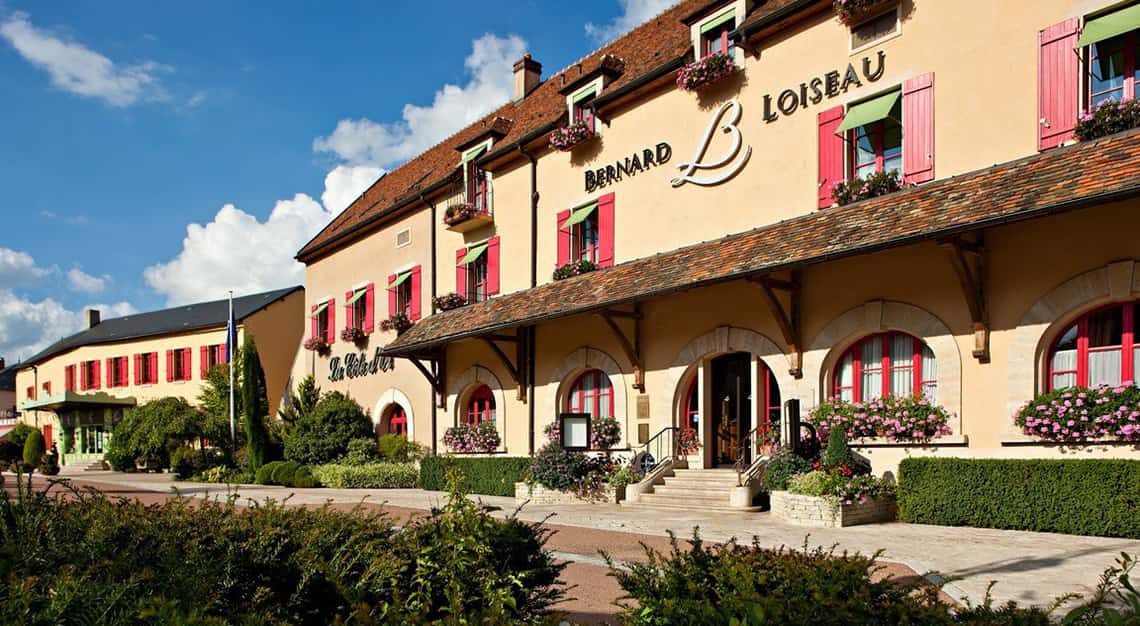
Some chefs became obsessive, however, as Michelin stars became holy grails, and the journeys towards them fraught with danger and misadventure. Bernard Loiseau, a three-starred Michelin chef at the time, committed suicide in 2003, after reports in the media suggested that the Guide was about to remove one of the stars he had earned for his restaurant – La Côte d’Or, in Saulieu, France.
The star system created, some would say, an unhealthy level of competition and ever-increasing demands in the rarefied atmosphere of fine dining kitchens that had already reached pressure cooker levels of intensity. All this proved too much for Loiseau in the end, although it’s worth pointing out that his reputation was declining at the time, as was the number of guests prepared to shell out for his meticulously prepared but somewhat traditional cuisine. He also suffered from clinical depression, which probably didn’t help.
The Michelin Guide received quite a lot of flak as one of France’s favoured sons met an untimely end, and there has been no shortage of criticism over the years of the way in which the guide is compiled, and even the compilers themselves.
The Michelin Guide is put together by anonymous ‘inspectors’ who never reveal their identities (even to their parents, it has been said) and troll around a few countries assessing restaurants based on their experience and, presumably, expertise.
https://www.instagram.com/p/BxbLOkyF5lG/
As no one knows, however, who these people are, we are unable to judge whether they are fit for purpose, despite the Guide’s assurances that they receive extensive and rigorous training. What we do know about The World’s 50 Best Restaurants is that it is put together by a thousand or so chefs, restaurateurs and reputable food critics.
A more compelling argument that suggests shifting tides rests on the fact that the Michelin Guide is far from global – and that will never do in this day and age. No restaurants are even under consideration for a star in countries where the Guide is not published, and the domination of Japanese and French eateries in recent years has raised many an eyebrow.
In 2018, three out of the top four cities in terms of number of stars awarded were in Japan (Osaka, Kyoto and Tokyo) and there are no prizes for guessing the French metropolis that puts flotsam in the Japanese tsunami of accolades.
The World’s 50 Best Restaurants would, therefore, lay claim to being more global and, by implication, more democratic. Their top six individual awards for 2019 spanned five countries: France, Denmark, Spain, Thailand and… Peru.
There are no Michelin-starred restaurants in Peru, because… surely I don’t need to explain again, any more than I need to explain why the combined total of Michelin stars awarded to restaurants in Australia and New Zealand – both culinary heavens – amounts to a big, fat-filled, unsustainably produced zero. India? Less than one.
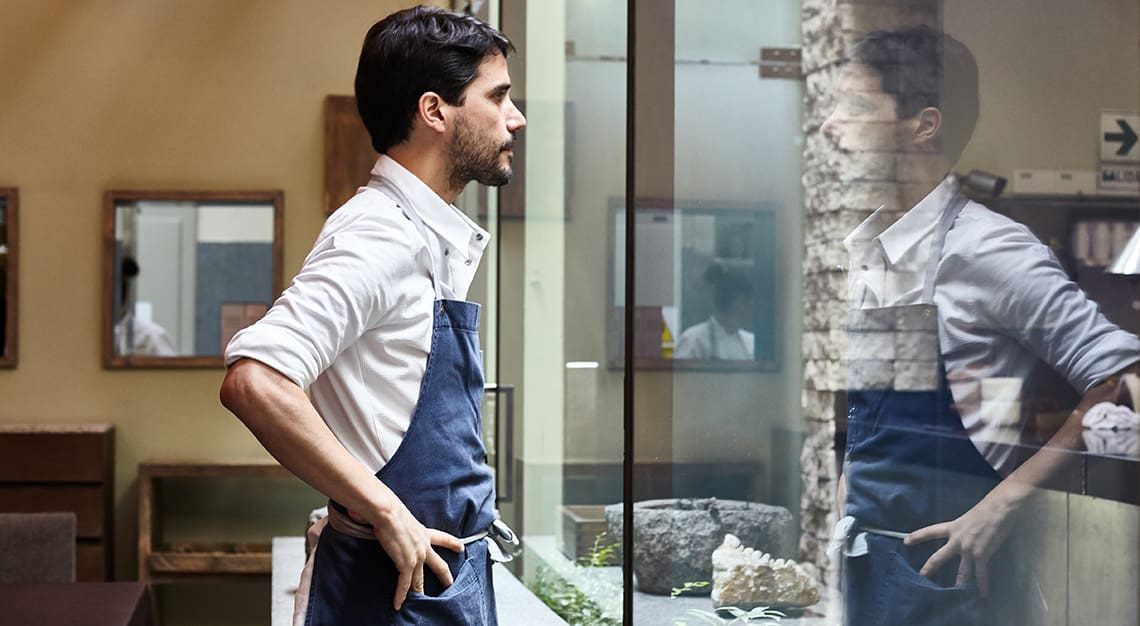
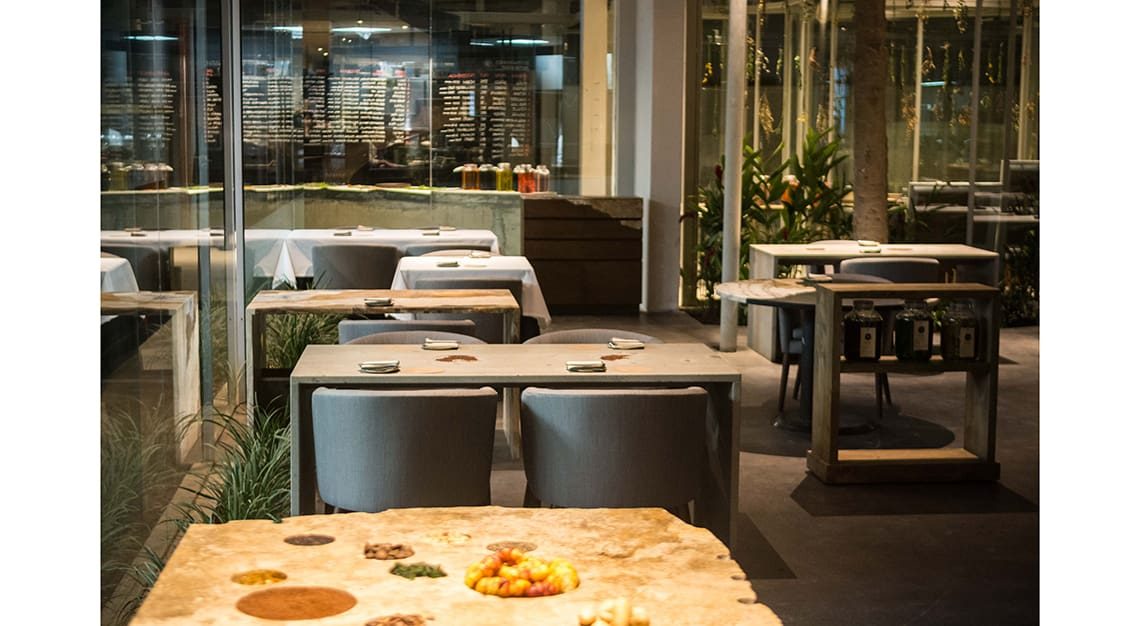
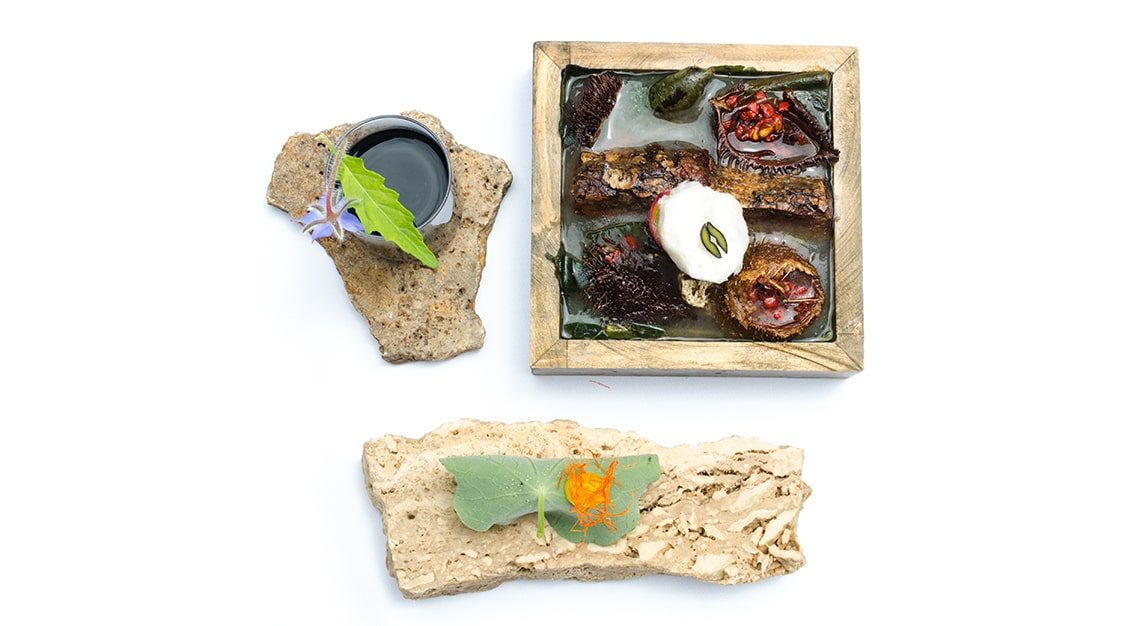
Interestingly, a restaurant called Lima, in London, does have a Michelin star, and is the brainchild of Virgilio Martinez Véliz – a Peruvian. His restaurant, Central, in Lima, doesn’t have a Michelin star. I’m sure you can see where I am going (have gone) with this.
Ultimately, there are those in the food world who would suggest that the Michelin Guide has not exactly outlived its usefulness, but that it is behind the times. Resting, perhaps, on its laurels, Michelin has failed to tap into the culinary zeitgeist in a way that The World’s 50 Best Restaurants appears to have made a conscious effort to so do.
The Michelin Guide, with its 119-year history, represents the establishment, while The World’s 50 Best Restaurants – still a teenager – may claim to be part of the new order, especially with its voting procedures that are overseen by professional services consultancy, Deloitte, and the voting Academy that is 50 per cent female, and 50 per cent… others.
Both guides are fabulous, and nigh on indispensable for food pilgrims and those who genuflect at the altar of degustation, but landscapes change, and it’s not difficult to see who may have some catching up to do.
The acid test, I suppose, would be to ask a bunch of world-renowned chefs whether, given the choice, they would prefer three Michelin stars or a place in The World’s 50 Best. I know what my answer would be.
Michelin Guide Singapore 2019 will be officially revealed on 17 September 2019 at the Capella Singapore
